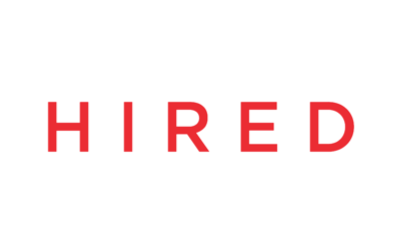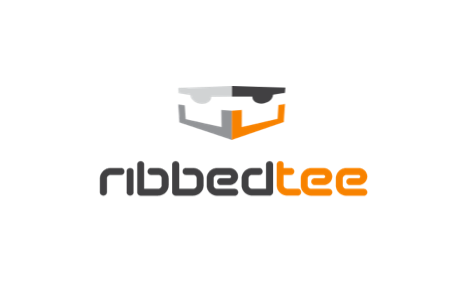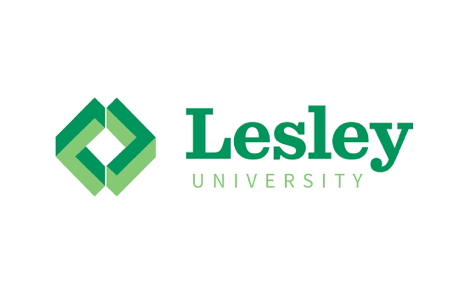
INDUSTRY
Website
LOCATION
US
CHALLENGES
- Tracking issues through email
FAVORITE FEATURES
- Occasional Agents
Within SLA
97%
Average first response time
2 hrs
Average Resolution Time
7.5 hrs
About Hired.com
Hired is a new kind of career marketplace for the world’s knowledge workers, one where job candidates showcase their profiles and résumés privately to more than 2,000 vetted companies who use Hired to find the right employees.
Hired CEO Mehul Patel has a mission. He feels strongly that finding a job shouldn’t have to be a job: “We have the opportunity to touch people’s lives in a profound and important way…. Where you work is likely second only to choice of significant other in importance.”

Hired has more than tripled its growth annually for the past three years across every key business metric, including revenue, candidates placed, and participating users and companies. The employee base has grown to over 200. There are over 500,000 candidates in the system, and $15B in offers have been tendered. Hired is currently active in 15 cities and 3 countries, is adding horizontal and vertical markets rapidly, and has just completed a Series C funding round for $40MM.
A differentiating factor at Hired is the division of responsibilities (and different audiences) of two internal groups: the Talent Advocate team and the Client Executive team. A Talent Advocate is assigned to each candidate to offer advice and counsel on hiring practices and helps job seekers land their dream job. Talent Advocates help polish resumes, prepare for interviews, and even help with negotiating salaries. Client Executives, on the other hand, deal with the companies who use Hired to find the right employees. Client Executives help employers use the platform, negotiate on behalf of the company, and manage outbound sales.
Customer support a priority
Like all growing companies, Hired began by managing customer support in a “low-tech” way -- through email. Candidates or companies would write to their Talent Advocate or their Client Executive with a problem, and the issue would be forwarded to the person who could best address it. Fast forward a year and employees involved in service and support numbered in the dozens. Hired recognized the need to create a more structured support model to handle both internal and customer issues—and use a more robust platform. The hunt began.
As the business grew, there came a need for a professional help desk solution that could collate and streamline all their communication, as well as tie into the existing Google Apps infrastructure. Not to mention, the long phone calls and extensive emails that needed to be documented properly for reference. The team was also spending a lot of time and resources manually tracking time spent for each project-related requests from their clients and then entering information into Quickbooks as they resolved the request. They had to find a better way to do it, no matter how cumbersome or resource-consuming it was, as the timesheets acted as a reference for all invoices billed to clients.
The architecture of customer focus
Nate Clark, Hired’s Director of Engineering, spearheaded the customer support tool selection. The selection team wanted a process that differed dramatically from the traditional customer service model. Instead of a broad base of customer service reps, with smaller tiers of employees handling escalated issues, they wanted to enable a “whole company support” culture that made it easy and cost effective for everyone in the company to demonstrate their customer-first culture.
Nate says this culture of customer focus without silos was a conscious decision, one that only Freshdesk supported with its Occasional Agent pricing structure: “People talk about everybody in the organization servicing customers, but we’ve actually put the idea into practice. We’ve aligned our entire company in service of our customers, and that is a decided competitive advantage.”
Bryce Young, User Operations Engineer at Hired, explains: “We can now seamlessly add teams and departments to Freshdesk as needed. Everyone on the engineering team, talent advocacy team, sales team, office operations team, IT team, data team, and more, can use Freshdesk in a very cost-effective, productive way. For less per day than the cost of a cup of coffee, they have visibility and everything they need to respond to customers’ support issues, and collaborate with each other internally.”
“Using Freshdesk has been an unmitigated success—it’s deployed on multiple teams and departments and there’s been no pushback.”
Right features, Reasonable price
Today at Hired, 56 Freshdesk Occasional Agents handle service and support—with traffic control filtered through one full-time customer service representative and eight other licensed users. This means that anyone in the company can resolve customer or employer issues—at a savings to the company of almost $4,000 per month over the traditional license model. This feature, the Occasional Agent, was the deciding factor in acquiring Freshdesk, and a game changer for Hired. Using Freshdesk as an interdepartmental collaboration tool, the IT team can prioritize, assign, and monitor this internal support system, and it’s working well, according to Nate: “The Freshdesk approach has made it possible to grow our customer service presence virtually seamlessly from department to department, without any significant interruption. There’s just one email address for everyone, whether you’re a job seeker, an employer, or an employee of Hired. Using this technique, everybody knows where to report. Every issue—from a customer issue, to a plumbing problem, to a request for a custom report—gates through the support email. We’ve found it extremely efficient. Using Freshdesk, we’ve woven a culture of support throughout our company.”
First Response SLA
Improved from 64% to 86%
22%SLA Resolution
Improved from 87% to 96%
8%Average Response Time
Dropped from 4h 4m to 2h 47m
32%


